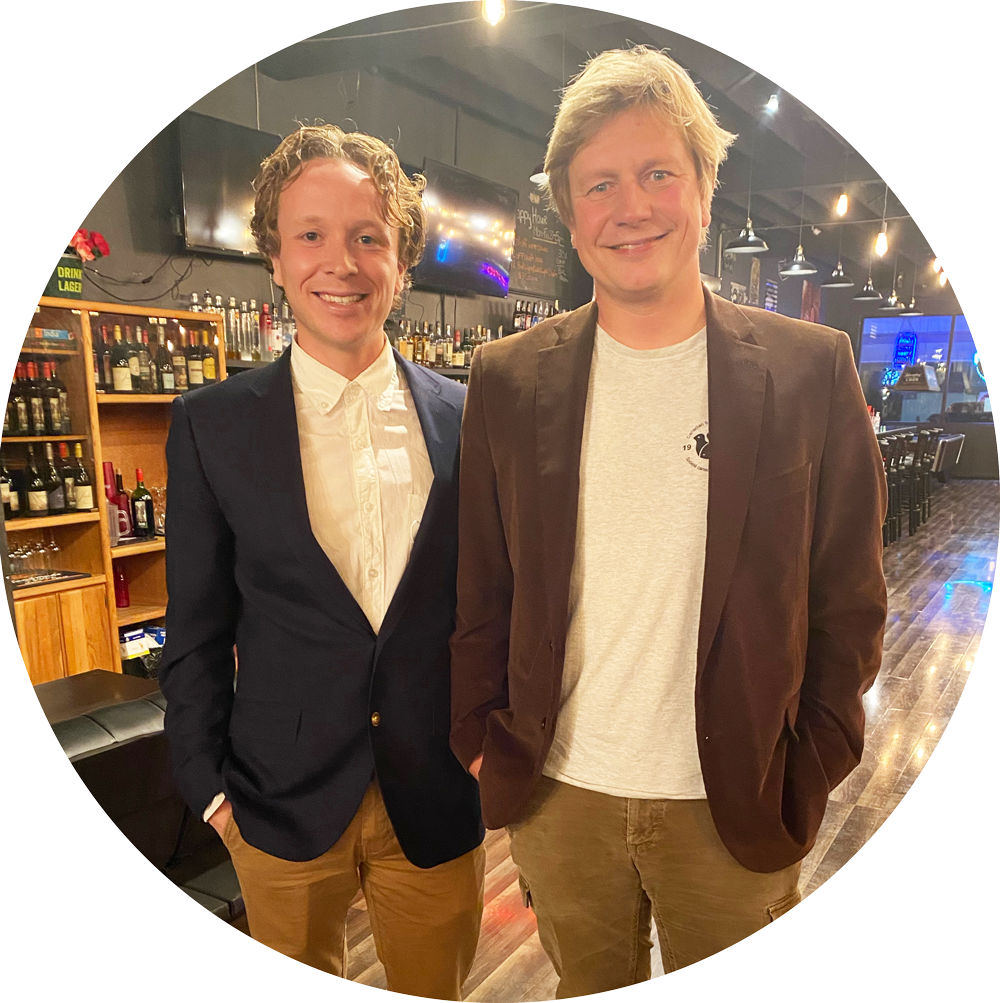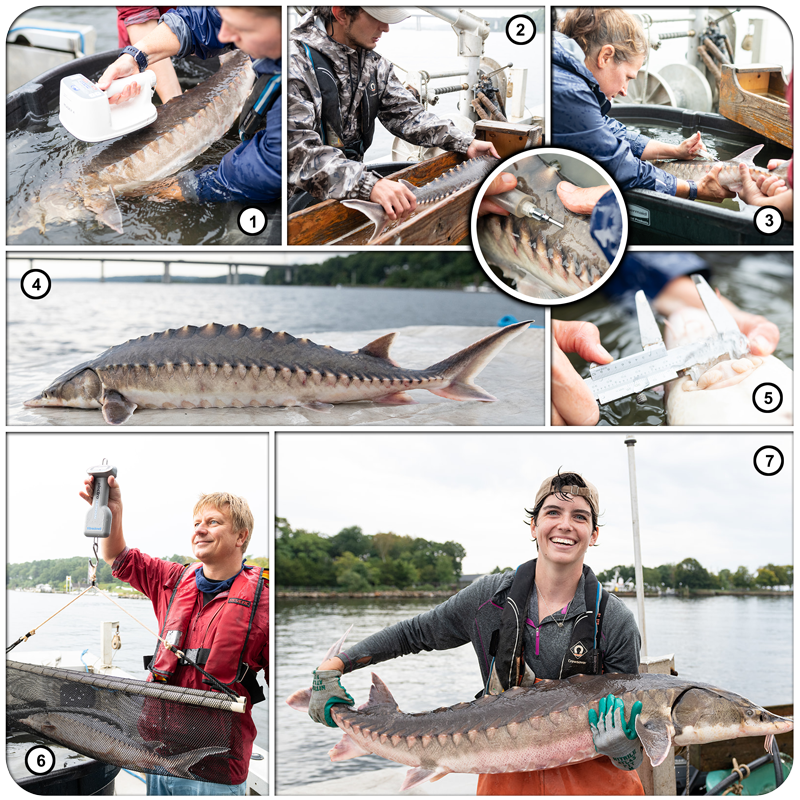
Monday, November 22nd 2021. Big and heartfelt congratulations to Lucas Jones, who presented his Master thesis to his peers at the institute and colleagues national and international. Well done, Lucas!
A link to his recorded presentation will be posted here soon.
The UConn Department of Marine Sciences
Presents a Master’s Thesis Presentation by
Lucas Jones
B.A., University of Connecticut, 2018
4:00 p.m., Monday, November 22, 2021
Marine Sciences Building, Seminar Room 103
Using Low-Coverage, Whole Genome Sequencing to Study Northern Sand Lance (Ammodytes dubius) Population Connectivity in the Northwest Atlantic
Northern sand lance (Ammodytes dubius) are key forage fish in Northwest Atlantic (NWA) shelf ecosystems, where they exclusively occur on coarse-grain, offshore sand banks. This patchy occurrence may result in genetically more fragmented, less connected populations, but traditional morphological or genomic approaches have so far been unsuccessful in fully resolving the species’ population structure and connectivity. My study pursued an alternative genomic approach, using low-coverage, whole genome sequencing (LcWGS) to address these important questions. I extracted DNA from 273 A.dubius specimens collected by collaborators from sevenregions across the species geographical range, from Greenland to New Jersey, USA. From LcWGS data, I identified 11,558,126 single nucleotide polymorphisms (SNPs) that allowed quantifying genetic differentiation between populations (FST), thereby revealing the genetic structuring of populations throughout the NWA. Despite the potentially homogenizing influence of the general north to south ocean circulation, I found a clear genetic break around Nova Scotia that delineated a northern from a southern A. dubius supergroup. Only within the southern supergroup, genetic distances increased with the geographic distance between sample sites. At the focal site of Stellwagen Bank (southern Gulf of Maine), A. dubius samples collected over several years (2014 – 2019) revealed small but significant temporal genetic differences that imply varying occupation of this offshore habitat by genetically different sand lance contingents. Inclusion of samples from the inshore congener A. americanus confirmed the clear genetic separation between both species and further determined that all sand lance caught on Stellwagen Bank are exclusively A. dubius. Overall, my work suggests the existence of two spatially distinct A. dubius populations with little ‘realized’ connectivity, which is critical knowledge to aid protection and management of offshore marine resources.
Major Advisor: Hannes Baumann
Associate Advisor: Nina Overgaard Therkildsen
Associate Advisor: Senjie Lin


